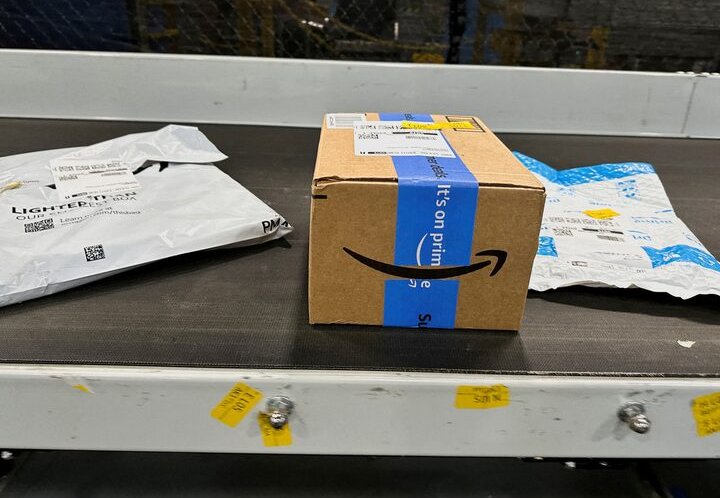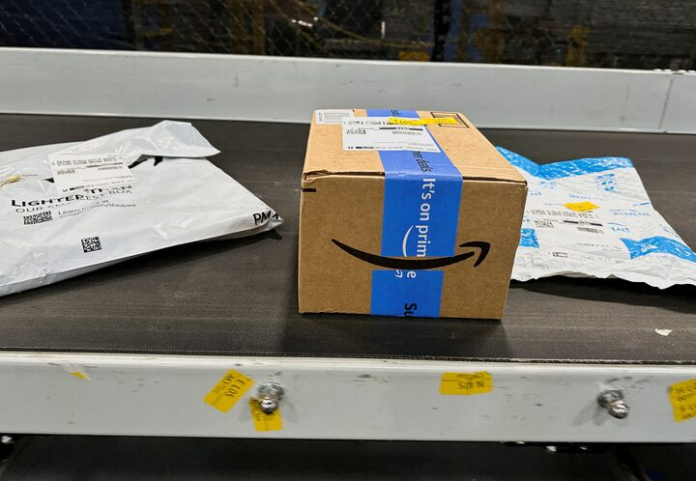Amazon’s Prime Day, one of the year’s biggest shopping events, is facing unexpected trouble as a growing number of sellers are scaling back or pulling out entirely due to the impact of steep new tariffs on Chinese goods.
Third-party merchants, who make up a huge part of Amazon’s marketplace, are feeling the squeeze from tariffs imposed by U.S. President Donald Trump earlier this month. Several sellers and consultants, advising hundreds of vendors, revealed that many businesses are either drastically reducing their Prime Day offerings or opting out altogether to protect their shrinking profit margins.
Steve Green, who sells bicycles and skateboards made in China, has decided to skip Prime Day for the first time since 2020. He’s holding onto his inventory imported before the tariffs kicked in, aiming to sell it at full price later. The new 145% tariff on Chinese goods has more than doubled his costs, making discounting during Prime Day “unaffordable,” he said.
Similarly, Kim Vaccarella, CEO of Bogg Bag — a tote bag company — has also chosen to pull out of Prime Day this year. She’s pausing production in China and shifting her manufacturing to Cambodia and Vietnam, hoping to protect her margins while still reaching customers through other major retailers like Macy’s, Bloomingdale’s, and Dick’s Sporting Goods.
Traditionally, Prime Day has been a critical revenue generator, second only to Black Friday and Cyber Monday. Amazon heavily promotes the event, offering sellers significant exposure to its 200 million Prime subscribers worldwide. Yet, this year, uncertainty over pricing and profit margins has left many sellers hesitant to participate.
“Amazon will be fine,” said Arun Sundaram, an analyst at CFRA Research, “but third-party sellers are the ones getting hurt the most.” While Amazon reports strong enthusiasm from selling partners, consultants warn that many businesses are still finalizing their responses to the new tariffs.
Sellers participating in Prime Day often face added costs — including Amazon’s 15% commission and hefty fees to highlight discounted products. Last year, U.S. shoppers spent $14.2 billion during Prime Day, an 11% increase from the previous year.

But sellers like Rick Sliter, CEO of MedCline, are questioning if it’s worth it this time around. Despite seeing sales spike sevenfold during last year’s event, Sliter said he’s likely to skip offering discounts this year.
Some vendors are experimenting with higher prices or cutting back on marketing rather than leaving Prime Day entirely. However, many sellers, like Michael Slate of KitchenEdge, are holding back. “With so much uncertainty, I can’t offer a 20% discount when I don’t even know my future product costs,” he said.
Third-party merchants contributed nearly 62% of Amazon’s sales in late 2024, meaning their participation is crucial. If sellers pull back, Amazon could face fewer discounted listings, reduced ad revenue, and potential dissatisfaction among shoppers expecting big deals.
As the May 23 participation deadline approaches, the uncertainty surrounding tariffs could make this Prime Day one of the most unpredictable yet.



